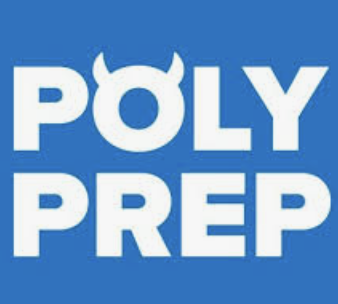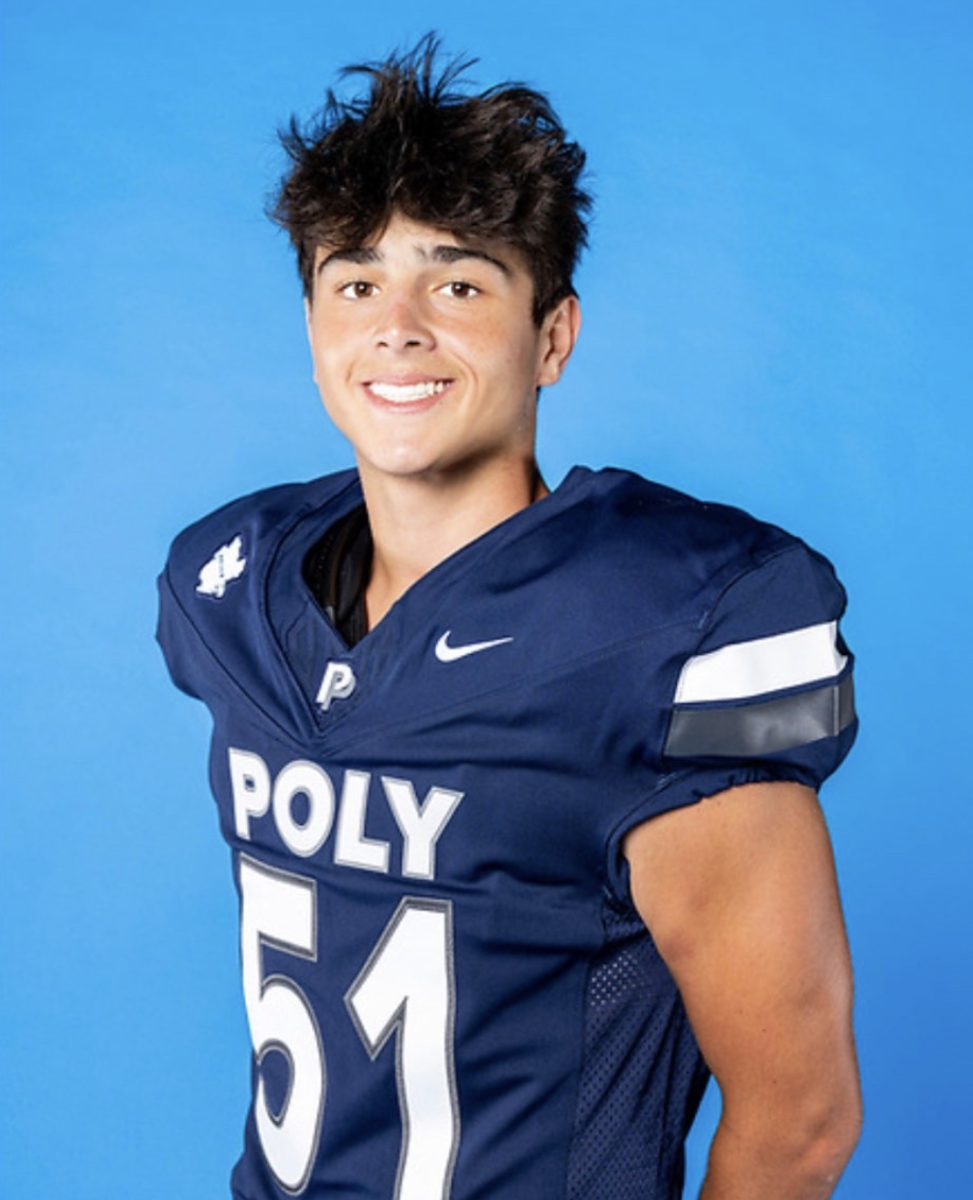When candidates for the upcoming election are creating their campaigns, they must consider what will attract people of all ages to lean toward them. Presidential candidates Donald Trump and Kamala Harris are using social media platforms, including X, Facebook, Instagram, TikTok, and YouTube, to strategically attract younger viewers.
Harris has an account called ‘Kamalahq,’ which has gained her popularity and reliability as her headquarters has been creating content using popular trends and artists at the time, such as Charli xcx advertising a trend called ‘brat summer.’ Donald Trump has an account called ‘Therealdonaldtrump’ where his posts extend from dancing videos to speeches he’s made to campaign his presidency. “Being on popular platforms and doing trends can allow users on TikTok to sway their vote [based off] of how much they like or agree with [candidates’] presence on TikTok,” said Junior Carlyle Muldrow.
Reese Roaman, a Senior at Poly and Student Body President, has noticed how both candidates are trying to attract and relate to a younger audience on social media, specifically noting that Trump has been on many podcasts. “All of the podcasts I have seen him on all have the same audience — a younger, more conservative audience,” she said. He was recently featured on a podcast with Theo Von, an American comedian who might be seen as a “more relatable and real because he isn’t a political commentator or anyone serious,” Roaman said. “I thought that was a move [Trump] made to connect himself more to the people.”
Harris, meanwhile, was recently featured on WIRED, a YouTube channel made by Condé Nast, doing a trend where she answered the most Google-searched questions about her. Roaman remarked that she thought this appearance was part of a marketing strategy to gain younger people’s attention, given that many celebrities and influential figures, such as Justin Bieber, have been seen doing this trend.
Many known influencers use social media as a way to showcase their opinions on certain candidates. For example, on September 10, Taylor Swift endorsed Harris on Instagram. Prior to this post, A.I.-generated images of Swift fans supporting Trump were created, which Trump re-posted on his presidential site. Roaman believes Harris gained a huge audience by Swift’s posting her opinion on the presidential candidates because of the immense amount of control she has over people. “Because she has the following she has and this huge audience that listens to her music, then people are quick to think she’s right, even myself,” Roaman said. The New York Times states how countless people credited Swift’s endorsement as a “game changer,” and it could help swing the election toward her by winning over undecided voters, especially those who are fans of her music.
Junior Alexandra Gilyadoff noted TikTok’s influence in particular. “When people are scrolling on TikTok watching their favorite influencer or artist making videos about certain candidates and their opinions on them can undeniably sway their vote,” she said. “TikTok has become a platform where people base their opinions and collect information ranging from a cooking recipe to the upcoming election. TikTok is very influential no matter the topic.”
Because of the effect TikTok has on people, it can allow misinformation and disinformation to spread, such as the A.I. of Taylor Swift fans. Belford said, “Fact-checking can be difficult [on TikTok].” So, people must ask themselves, “What is the source of this information?” If unable to locate the direct source, one should check “how many posts or TikToks [that account is] making a day.” Belford reminds us to consider if they are posting more than 50 posts a day and to ask ourselves if it’s a bot or if it is a real person. “Always pause,” Belford encourages.
Different platforms attract different audiences. According to BBC, “On average, we spend one to two hours a day online, so there is an opportunity to reach people frequently throughout the day in a way that’s very familiar to them. [You have] Facebook, Instagram, TikTok, X, and the reason [the parties] use so many is that each one attracts an audience that’s slightly different. TikTok for younger people and Facebook for people a bit older.” Younger users more occupy TikTok and Instagram because of the photo and video engagement, according to Poole College. TikTok is used explicitly by candidates to attract younger votes because it has reached its peak in popularity. TikTok is currently ranked number one for engagement; it was the most downloaded app of 2021, there are thirty-four million videos posted every single day to TikTok, the app has 30.8 million daily active users, and the average user opens TikTok twenty times per day, according to Social Shepard.
“Vast numbers of people are spending hours on social media every day, so to be accessible, to be relatable, and to connect [is key for candidates]. If [candidates] don’t engage on social media, they are missing large numbers of the voting population. I don’t think it’s an option,” Belford said.

































